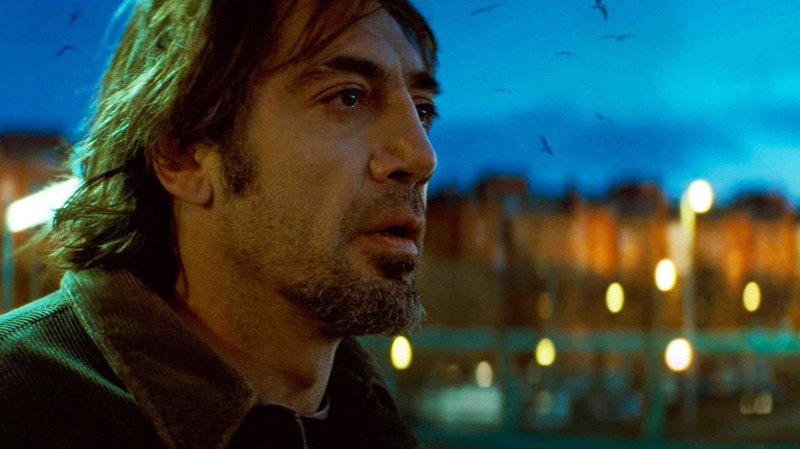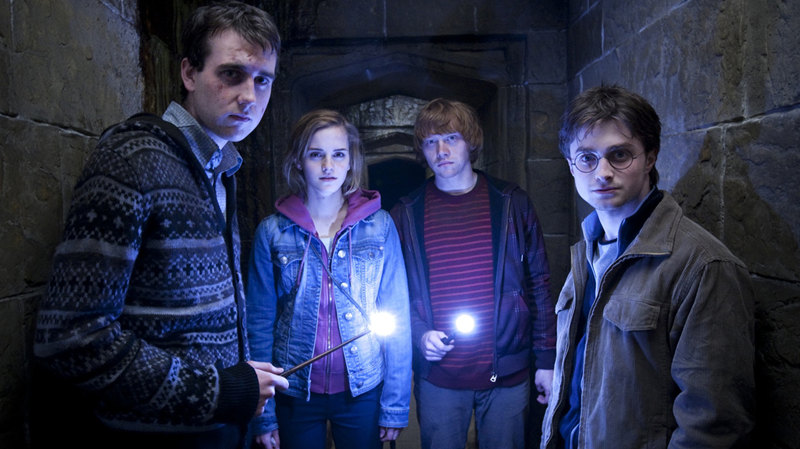It’s rare I’ve written a review that feels more futile from the outset. The train has most definitely left the platform. If you’re on board the “Downton Abbey” Express already, by the current release of Season 4, pros and cons are really irrelevant. And if you’re not one of the initiated, then there’s nothing to be done, then, what?
“Downton Abbey, Season 4” picks up in 1922, six months after the tragic death of Matthew Crawley. His widow, Mary, struggles with her grief, her sister Edith enters into a serious relationship with unintended complications, Mr. and Mrs. Bates deal with a traumatic secret, and a herd of pigs nearly dies of thirst. I think Mrs. Patmore tears an apron seam along the way, too. So business as usual, then.
The sumptuous juggling act carried off so well by creator and writer Julian Fellowes in the first couple of seasons, one that began to show signs of fatigue in Season 3, has settled into a sedate, self-satisfied groove in Season 4. The series still raises its voice politely as to its prestige and class in its lush set design and gushing period costuming, and the just-so-civil emotions of even its most compelling storylines remain as much a part of its image as they are its narrative. Charges of aiming for the cozy, undemanding middle aren’t helped by the high-born but surprisingly mercenary level of merchandising now attached to the series.
It takes almost three episodes for the show to shake off the pall of gray-washed grief that hangs over the re-start. In the overall arch of the show, this pacing probably makes sense, but doesn’t make for the most intriguing viewing. The storylines are more hit-or-miss than in the past, especially Rose’s sketchy relationship with a black club singer. And couldn’t they have found an actor who could actually convince as a singer?
Perhaps most unwisely, Fellowes has chosen to put Lady Mary at the heart of this season. Even before her character had the excuse of grief, actress Michelle Dockery played Mary as remote and aloof, her icy, mysterious attractiveness never making much sense to me, even when Matthew was alive. As her potential suitors in Season 4 begin to pile up at the door like unwanted deliveries from the green-grocer (there are no less than three of them angling for her hand by series end), that mystery becomes more like an anchor that weighs the entire series down.
There are still charms for the committed viewers, though. Technically, the show is still top of the class, beautifully photographed and crafted, with a keen eye for moments of visual beauty that will put middle-brow knickers in a twist. The storyline of the Bates’ secret trauma serves to jolt the series out of its torpor, and actors Brendan Coyle and Joanne Froggatt still engage with Anna’s low-key sweetness and John’s believable sense of justice.
As Mrs. Hughes, Phyllis Logan finally gets screen time worthy of her skills, even if what’s she’s given is more refereeing and peacemaking than actually moving her character forward. Penelope Wilton and Maggie Smith continue their humorously tart battle of words and stations, and Allen Leech also stands out, as the former chauffeur and widower Tom Branson finds his recently acquired place in Downton society to be less and less comfortable.
Appearing only in the season finale, Shirley MacLaine returns as Lady Grantham’s prickly and very American mother, and the great Paul Giamatti does much with little as Cora’s rich, cynical brother Harold, who finds London to be more charming than he imagined. Opera fans will love the guest appearance by Dame Kiri Te Kanawa as the singer Nellie Melba, an actual world-famous singer from the 1920’s.
The Lord and Lady themselves, however, don’t fare so well in the production. Elizabeth McGovern is relentlessly pushed to the sidelines in this season, wandering the halls like a conciliatory Canterville Ghost, murmuring platitudes and being clueless. Hugh Bonneville seems more and more unintentionally comic in Lord Grantham’s almost irrelevant role in the proceedings (he is sent to America for an entire episode, and I had forgotten about him by the time he came back). And I, for one, missed O’Brien’s edgy curtness, and found her unceremonious departure in the opening moments of episode 1 curious and disappointing.
So truly a mixed bag this season. And maybe not such a futile review after all. Old fans may be mildly disappointed but won’t be driven away, and new viewers will probably stay away. Oh, and here’s a spoiler alert for you: the pigs recover, and the torn seam gets fixed. By a sewing machine!
Video:
The nine episode Blu-ray of “Downton Abbey, Season 4” is presented on three discs, in High Definition 1080i with a 1.78:21 aspect ratio. As expected, the discs look grand and glorious and all that, what ho. The careful shot composition and lighting are presented in a deservingly detailed transfer.
Audio:
The audio track is Dolby Digital Stereo 2.0, and sounds fine. Who needs to hear genteel consternation in surround sound anyway? There is an option for English SDH subtitles.
Extras:
- “Downton Diaries”: actresses Sophie McShera and Laura Carmichael (Daisy and Lady Edith respectively) lead viewers through an enjoyable day in the backstage life of filming an episode, from hair and make-up to last shot.
- “The Making Of”: a short featurette focused on the technical details of shooting dinner scenes, the costume looks for the new season, and filming the Te Kanawa episode.
- “Meet The New Cast”: exactly what it says on the tin, as cast and crew talk about the new arrivals, including Lady Mary’s new suitors, singer Jack Ross, and the downstairs additions to the servants’ cast.
Parting thoughts:
Still beautiful to look at but finding less and less to say, “Downton Abbey, Season 4” has its moments but it takes patience to find them.


